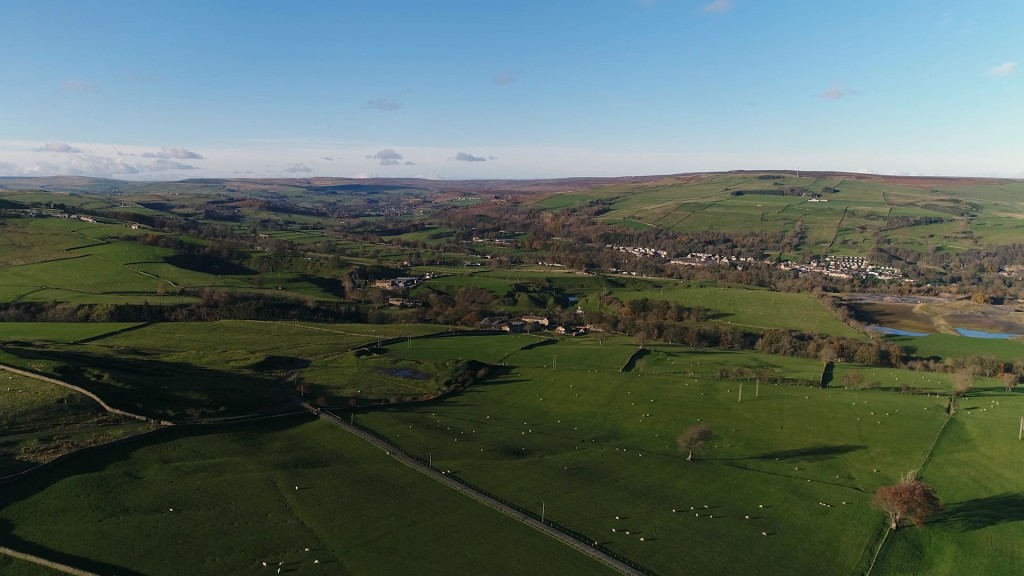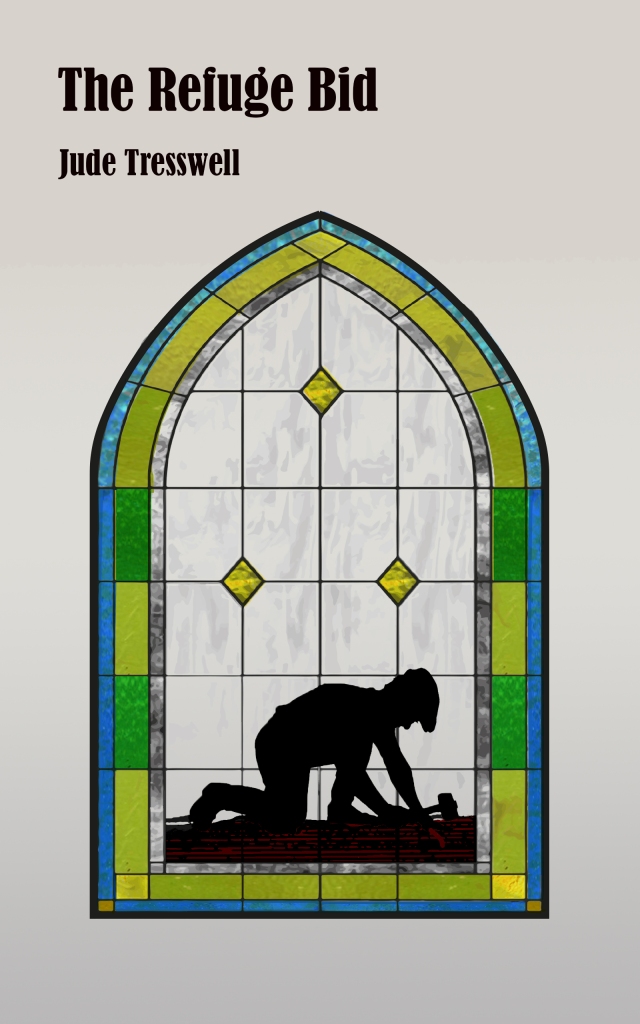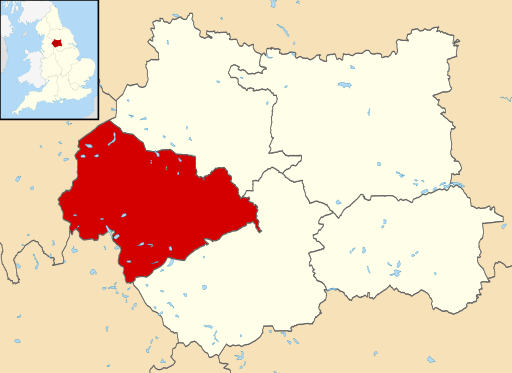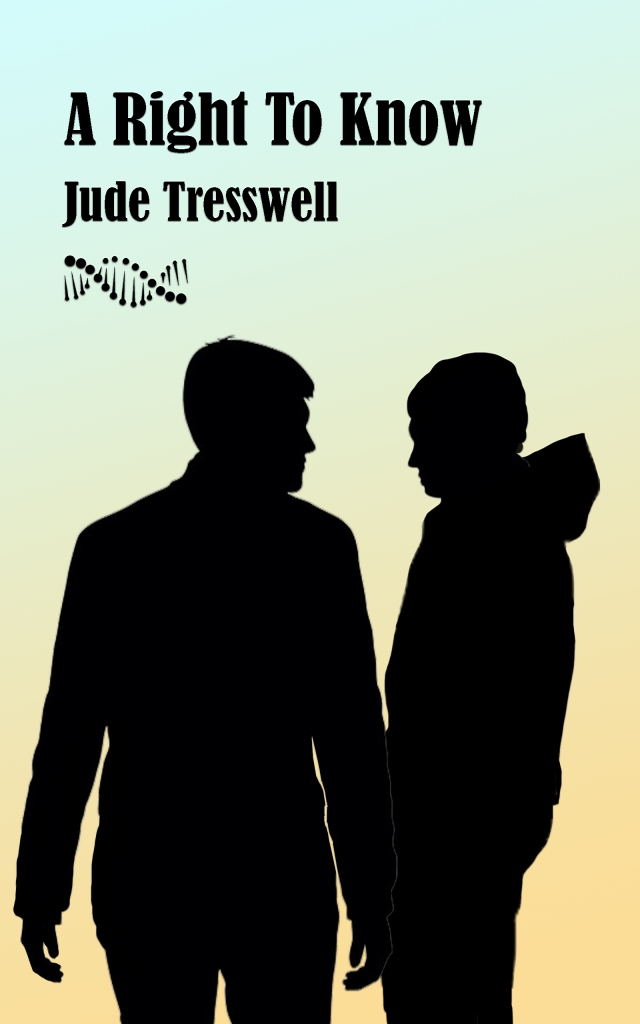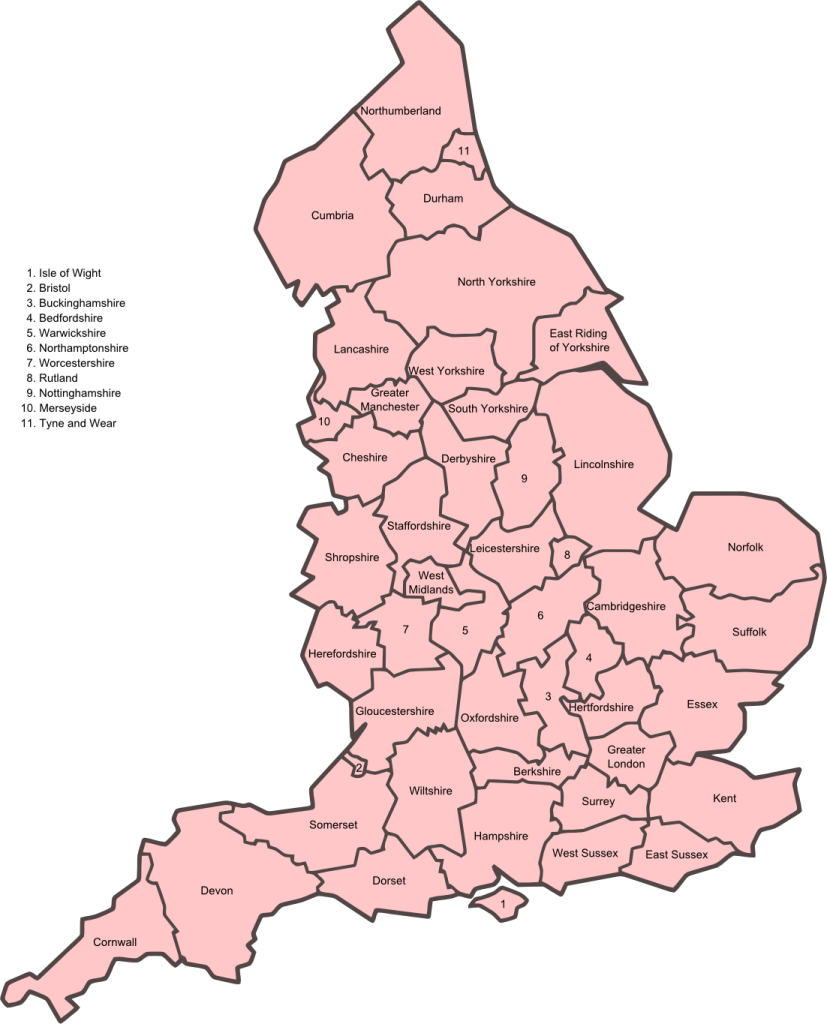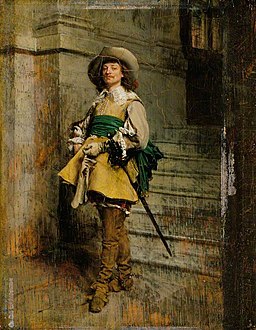I’ll explain and reference the picture later in the post.
The plot of the third of the Country Durham Quad books, Ace in the Picture, turned on the fact that Raith Balan, the quad’s ceramicist and artist, has an unusual sense of colour. It resembles that of Masha Ivashova, an equally fictional painter, who had tetrachromatic vision, a condition that affects colour perception and colour discrimination. Raith is accused of forging an Ivashova. Raith is a cis-gender male, though, and tetrachromatic people are genetically female: ‘tetra-thingy’, as Raith calls it, depends on having the XX chromosome.
To my knowledge, there are very few artists who are tetra. One is Concetta Antico. I wish I could display some of her work here, but copyright forbids it. If you check her out on YouTube and Pinterest and on her own website (https://concettaantico.com), you’ll get some idea of the vibrancy that tetrachromatic vision furnishes. Some idea: people with tetrachromatic vision can see dozens of shades of a colour whereas those of us with trichromacy might only see a few. (Explanation shortly) So, if I were looking at a Concetta Antico painting, I probably would not see what she saw. I don’t have that degree of colour discrimination. For my Raith, who has something akin to tetrachromacy, the intensity of his visual experience is almost a curse. His senses are sometimes overloaded. He’s only really calm at night.
So, what is it? This ‘tetra-thingy’? I’m not a scientist. My understanding is that most people have three working cones within the eye, the cones being the part of the visual system that deals with colour. In some males (here defined as having XY chromosomes) a mutation results in two working cones and the result of that is colour blindness. In some females (here defined as having XX chromosomes) a mutation results in four working cones. Greek for ‘four’ = tetra. Theoretically, therefore, my Raith can’t be a tetrachromat, but I learnt that the effects can be replicated if people, irrespective of type of sex chromosome, have an especially sensitive opsin gene. Here’s the bit in the book where Phil, Raith’s husband, tries to explain what’s going on. The quad (Mike, who rarely uses final ‘g’, Ross, Raith and Phil) are having an evening walk across the Durham hills…
They walked in silence for a while, each to the step of his own thoughts. Raith spoke first. “Now that it’s all over, and I’m not going to be had up for gun running and drug trafficking and money laundering—”
“Money launderin’? You don’t even do clothes launderin’. Have you ever used an iron?”
“I was saying, before someone rudely interrupted me, that now that it’s over, can somebody please explain tetrachra, tetrachro—that fucking thing I’ve got!”
“Your shout, I think, Phil.”
“Thanks. I’ll try. As you know, men aren’t supposed to have tetrachromatic vision.”
“That thing I’ve got.”
“That thing you’ve got. To cut a long story short, it’s thought to be connected with a mutation.”
“A mutation? Is there something wrong with me?”
“No, love. We’re all mutants to some extent.”
“Some of us more so than others,” said Mike meaningfully.
“You’re just jealous of the length of my… hair,” Raith retorted.
Mike laughed. Raith was big in every sense.
“The mutation is on a gene on the X chromosome. Women, XX, Men, XY. So, women can get a double dose of the mutant gene. Men can only get a single dose. Double dose—tetrachromatic vision. Single dose—colour blindness.”
“But I’m a man!” Raith repeated. “I mean, I am a man!”
“Well, that’s a relief,” said Mike. “Seein’ I’d always thought I was gay.”
“Can we get back to my being a tetra-thing, please? How have I got it if I can’t have got it through the mutation?”
“Well,” said Phil, “there are other explanations, though they’re not fully understood yet. One thing is that tetrachromacy occurs in other species regardless of gender. Birds, fish… it’s almost as though humans have lost a gene which was common in the past.”
“You mean it’s the rest of us who’ve mutated, not Raith?” asked Ross. “He should have gone out with the dinosaurs?”
“Don’t you get in on the act, too!” Raith remonstrated. “It isn’t funny. It nearly got me locked up. But is that what you mean?”
“Perhaps he just hasn’t evolved as much as the rest of us have.”
“Fuck you, Mike!”
“It’s sort of what I mean, yes,” said Phil. “I don’t follow the research in any detailed way. It’s a very different branch of medicine from mine.”
“Medicine? Am I ill then?”
“No. Bad choice of words. It involves a different aspect of the human body.”
“Well, I’m not a bird or a fish. I’m a man. Look! Man!” Raith unzipped his fly and delved in his y-fronts to prove it.
“Put it away, for God’s sake!” said Mike, with mock disgust. “You’ll scare the sheep.”
“Why have I got it, Phil?”
“Well, I know that there can be a lot of variation in the properties of the opsin gene. That’s the gene that carries the mutation. You may be at the extreme end. There’s another possibility. Eyes have rods and cones. The rods govern what you can see at low light intensities. It’s thought that, at low light intensities, the rod cells may actually contribute to colour vision. They’d give a small region of tetrachromacy in the colour spectrum. The greatest sensitivity would be at the blueish green wavelengths.”
“And that’s probably another reason why the police were focusing on you,” Ross said. “You like to paint water and blues and greens. You choose to live in this dark and gloomy part of England. Even at the height of summer, light levels are hardly sunny Med.”
“And you like bein’ out at dusk. We often get worried about you gettin’ lost on the moors because you’re still out there paintin’, long after all we see are shadows. You can still see. We can’t. So maybe your rods are particularly sensitive.”
“You all worry about me?”
“Did I say that? No! We just don’t want to break our ankles searchin’ for you after dark.”
“Or stand in a load of sheep shit.”
“And you’re far too heavy to carry home. If you were out there injured, we’d just have to leave you ’till mornin’. Of course we worry, idiot! We love you.”
“I see.”
“Exactly. You do. We don’t.”
Raith laughed. “And the tetra bit?”
“Well, that refers to the cones. The cones are responsible for colour discrimination and intensity. Rods for light. Cones for colour. Most people have three sets of working cones—trichromatic vision. The mutation, or a high degree of variation in the opsin gene, can result in four working sets of cones. So it seems, anyway. Tetra is Greek for four. It’s that fourth set that provides the extra discrimination and awareness. Does that explain it?”
“I think so. I’ve either got four cones or my rods are extra sensitive. Is that right?”
“That’s about it, yes.”
“And if I’ve got four cones, it’s probably not the mutation, me being a man. It’s more likely that I’ve got a highly varied opsin gene.”
“Right.”
“Well, my rods might be more sensitive than yours, but even I can’t see much now. Do you think we better go back home before we’re all deep in sheep shit?”
“Yes. Home.” (Copyright Jude Tresswell)
I’d love to have a Facebook page for Raith. I think I would have a lot of fun with it. I’ve no real idea what he looks like, of course – hence the silhouettes on all the book covers. I know he’s a big man with dark waist-length hair and he loves to accessorise! Bangles, ribbons, tinkly bells, a wedding ring (self-designed) that carries the infinity heart motif…and, of course, tattoos, one of those being the infinity heart tattooed on his neck, daring the world to comment. (All the quad have an infinity heart tattoo to symbolise their polyamory. See the link to an earlier post.) No ear-ring, though: I don’t think Raith would appreciate a piercing. I don’t think he’s hairy either, torso and arms, that is. Raith loves to dress flamboyantly, and in the next book, tbp later this year, he has an opportunity to dress up as a seventeenth century English cavalier, the kind that fought in the English Civil War. I can imagine Raith dressed like Louis X111, the person in the picture. Wrong country, (France) and a little too early (Louis reigned from 1610 to 1614, predating the English Civil War by thirty years) but I am sure that this is the kind of fashion that Raith has in mind when he chooses his outfit. The painting itself is part of the Wallace Collection, bequeathed to the nation (UK) by Lady Wallace and housed in London. The painter is Jean Louis Ernest Meissonier, the title is A Cavalier: Time of Louis X111 and the Creative Commons Attribution is CC BY-NC-ND. But what a pity I can’t show you one of Concetta Antico’s works as well! Even though I can’t see a quarter of the colours that she can, the colours are stunning. I wonder if, like Raith, she’s overwhelmed at times…
The Infinity Heart Symbol and Polyamory
